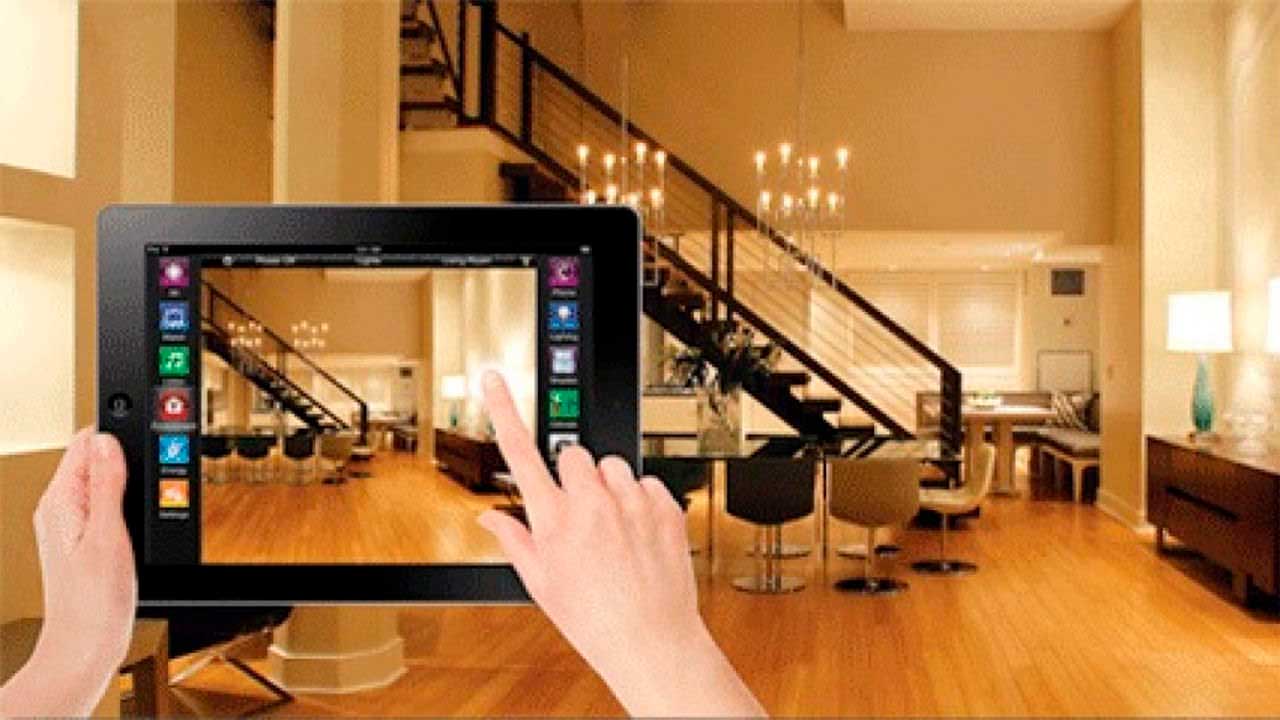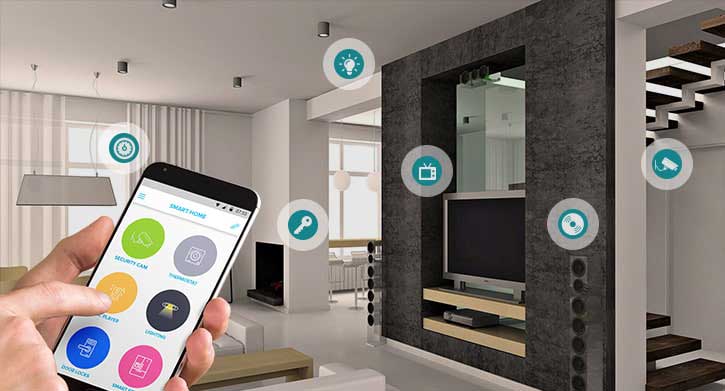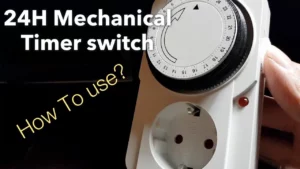Setting up automatic lighting control at home is not complicated. Although there are many ways to set up an automatic lighting system, the equipment used is usually very simple! With the right technology—plus adherence to some key principles—implementing these systems can be a piece of cake.
1. Lighting control options
When you create a lighting scheme in a smart home, there are many control options for you to choose from. These options include…
Motion sensor
Most of us are familiar with the concept of motion sensors controlling lighting; walking into a room, the sensor detects movement, and the light turns on. If no action is detected within the preset time (because you have left the room, or head down in the latest TPS report), the sensor will tell the light to turn off.
This is particularly useful for reducing power consumption because they reduce the human error aspect of energy waste. Forgot to turn off the lights, or let the children run around and turn on the lights? This type of lighting control can prevent the lights from being on all day without anyone noticing.
They can also increase the convenience and safety of navigating at home after dark, which is especially beneficial for the elderly. Just getting up in the middle of the night can trigger the light in the toilet. Easily illuminate corridors and facilities, reduce the risk of tripping and falling in the dark, and even improve your bathroom aesthetics with motion sensor technology.
Remote and smartphone control
Another way to control the lighting at home is to use a dedicated remote control or smartphone app. With just a few buttons, you can turn off the lights in the living room while watching a movie, or dim the lights in the dining room to create a good atmosphere.
Gone are the days of groggy, struggling to walk from room to room to turn off the lights. You can even program the entire lighting scheme to make it easier than ever to set the correct hue by just pressing a button.
Timers and scheduling
The timing lighting solution is very suitable for a wide range of home automation needs, including home safety, energy-saving and home comfort. Certain technologies allow you to set a schedule to turn the lights on and off to suit your daily life.
When you are away, this timed lighting creates the illusion that you are at home, thereby preventing intrusion and theft. If you maintain a stable schedule, they can also help reduce lighting usage. When you leave, the lights will turn off on time. Once the sun sets at the end of the day, they will appear again. Smart technology will even “know” your schedule based on your daily usage patterns.
Voice automatically
Remember “The Clapper” is the peak period of sound automation technology? Well, a peak may be a strong word, but when it comes to audio-influencing automation efforts, we have come a long way.
With smart plugs and voice-activated light bulbs, you can seamlessly integrate the lights in your home into your home network. When you go home at night, just ask Google to turn on the light, why bother to fumble for the switch?
2. Realization and connectivity
In order to work properly, your automatic lights need to be connected through a control system-whether it’s a motion sensor or a central hub accessed through your smartphone.
If you have home automation equipment installed in your home, it will be easy to install. Because many home automation systems require special wiring, including many home lighting technologies, without it, it may be difficult to install the entire home lighting automation. But we never say no!
There are many light bulbs on the market that can be operated remotely without special wires. Whether through your smartphone, home network, or even just an automatic dimmer, many of these controls-such as Lutron’s Caséta wireless dimmer-are easy to install and fully compatible with most home network hubs (including Samsung SmartThings and Google Assistant) ).
Some single room systems can be installed quickly within a few minutes and do not require home automation experience. Others, including entire home systems and complex automation controls, require more expertise. Before implementing a complex home lighting scheme, it is best to consult a home automation expert.
Illuminated pointer
In addition to technology and control, the aesthetics of your home lighting is the key. An attractive automatic lighting scene contains different levels of lighting, and each level has its own purpose. These layers include:
Environment
This is the general lighting of the room. It is full of space, usually from multiple sources in the area. Ambient lighting can be emitted from a flush lamp installed on the ceiling, a chandelier or a standing lamp in the corner of the room.
Work lighting
This is a more concentrated lamp for a specific area, such as a lamp on a bedside table for reading or a desk lamp for work. This kind of light tends to be a little brighter than the ambient light, and it is better with its own dedicated control rather than as part of the overall program.
Accent
Accent lighting highlights specific features in the space, such as artwork or interesting patterns on the wall.
Decorate
Some lamps are purely ornaments. Their function is not to illuminate the space, but to highlight their own interesting characteristics. Chandeliers or peculiar lanterns often fall into this category.











